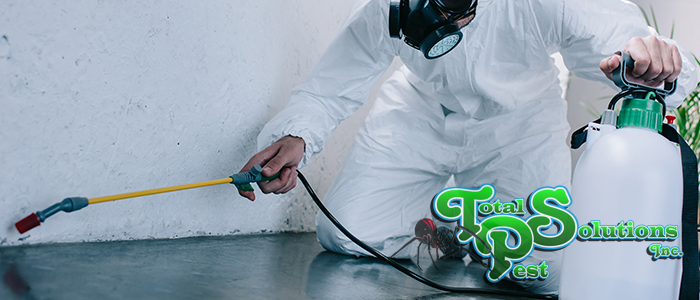
Most grass is usually pretty hardy stuff and can cope through all kinds of weather and conditions. Even through dry weather the grass may start to look dead and brown but the root will lie dormant and be ready to spring back to life the moment there is any sign of rain or water.
This isn’t true for all kinds of grass and how hardy your lawn is will be dependent on the type of grass you have. Some ornamental varieties need extra care during more extreme weathers.
Dry weather can be a particularly difficult time for lawns. Although, they usually come back lovely and vibrant again once the dry weather is over. It can be frustrating to find your lawn brown and dead looking instead of the lush and green look gardeners and homeowners prefer.
There are some steps you can take to help keep your lawn looking vibrant and lush all year round. All it takes is a little care, maintenance and of course water.
Here are a few tips to help your lawn survive and thrive during hot and dry spells.
1. Water In The Evening
When you water your lawn is an important factor to take into consideration. If you water your lawn during the hottest hours of the day then most of the water will evaporate before your lawn ever gets a chance to soak it up!
Evenings are the best times of day as the sun is down and this is when the temperature is at its coolest. However, if you struggle for time in the evenings, then you can also water in the morning.
2. Try Not To Water Too Much
Many people find themselves going to the opposite extreme when faced with dry lawn and end up over watering it. This is especially easy to do if you use a sprinkler system.
If your lawn never seems to dry off after watering then consider watering a little less often. You are aiming to get the water to reach to a depth of 25mm – 50mm deep so if you are watering too much your lawn won’t be able to soak it all up and could become damp and boggy. Try watering for less time but more often or if this doesn’t work try increasing the time between watering.
3. Know Your Lawn
It can be difficult to know just how long or how often to water your lawn and the best tip is to keep trying different things until you find the perfect solution for your lawn. For example if your soil is very sandy it will absorb more water but if you have a ground type with a lot of clay in it then it won’t be able to absorb as much water.
A quick tip is to take note of how long it takes to soak up the water and if it isn’t soaking up then water a little less until you seem to get the right balance between watering and letting your grass soak up the water and grow.
4. Try And Avoid Run-Off
Run-off is what happens when your lawn can’t soak up the water fast enough and the excess disappears into gutters and drains. Whilst this may not cause your lawn too much damage it is just a waste of water. Not to mention that lawns that are constantly sitting in water are not pleasant to walk or sit on and can become damp and mossy.
5. Don’t Cut It Too Much
If your lawn is suffering from an extended dry spell then it can become brown and burnt looking. At this point the grass is already weakened so over cutting can cause more damage and more problems. Raise the height you cut your lawn and this should help to avoid causing extra damage. The grass will usually come back strong again once the dry spell is over so you don’t need to worry too much.
6. Reduce Traffic
If possible during the driest months reduce the amount of use your lawn gets. Simply giving it a break from constant foot traffic can work wonders on even a lawn that is struggling!
This one can be difficult to maintain especially as summertime is when most of us want to be using our yards and lawns the most! But spare a thought for your lawn during dry spells and avoid overuse where you can.
continue reading
Related Posts
Rat Infestation: A Nightmare in Your Home As a homeowner, […]
Don’t Let Pests Take Over: The Top 5 Signs You […]
Flea Infestations in Your Workplace – A Complete Guide for […]






